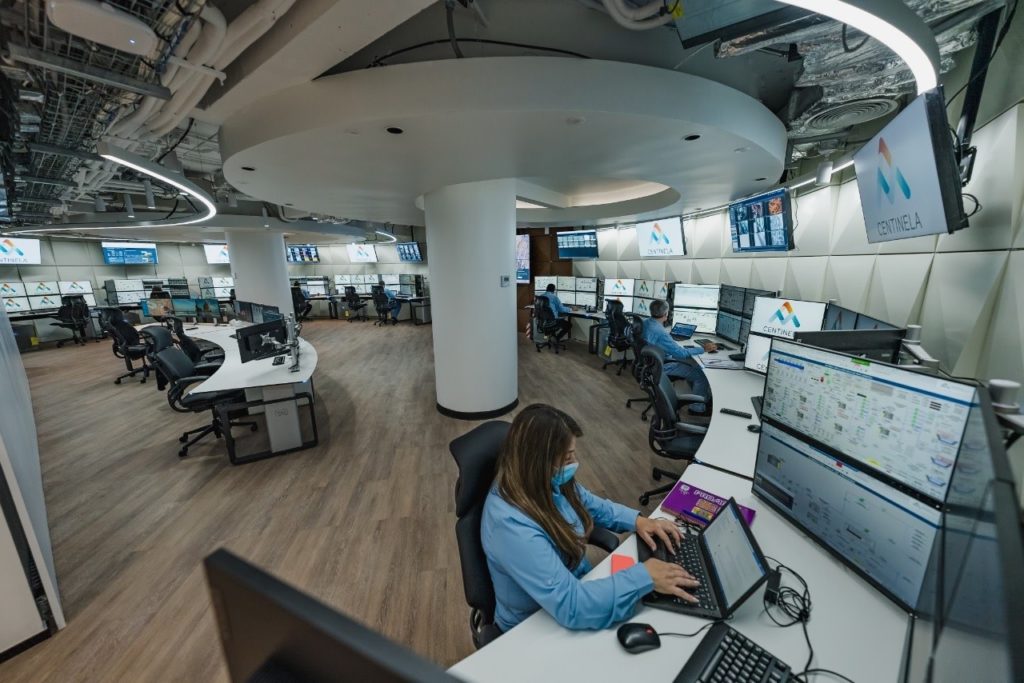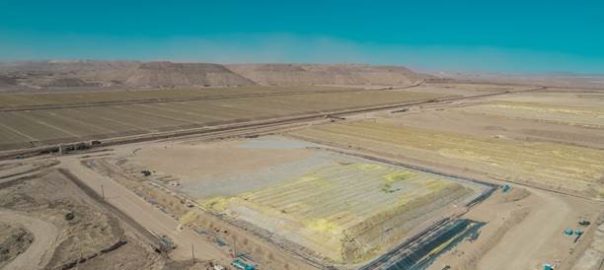Antucoya has joined the Centinela and Zaldívar operations in becoming the third Antofagasta operation to obtain The Copper Mark, with the Los Pelambres mine expected to follow suit.
After voluntarily completing a self-assessment process and then undergoing an independent audit, Antucoya was granted the mark, becoming the ninth mine in Chile and the 29th in the world to receive The Copper Mark.
“We are very pleased to continue to make progress towards achieving our goal of obtaining The Copper Mark at all our operations,” Iván Arriagada, CEO of Antofagasta plc, said. “In 2021, Centinela and Zaldívar received it, now Antucoya has, and we hope that soon Los Pelambres will also receive it.”
The Copper Mark offers workers, investors, copper end-users and communities a simple and credible way to verify that a company has sustainable practices, based on the UN Sustainable Development Goals (SDGs). The accreditation process includes on-site audits where a company has to demonstrate compliance with 32 criteria over five categories: business and human rights, community, labour and working conditions, environment and governance.
Having granted Antucoya this seal, The Copper Mark will conduct another review within 12 months, and then, every three years thereafter, it will carry out new evaluations to certify compliance with all the criteria included in the certification.
Leonardo González, Antucoya’s General Manager, added: “We are very proud to obtain this seal just days after celebrating our fifth anniversary as a company. People, sustainability and transparency are paramount to the way we produce copper and develop mining for a better future.”
The International Copper Association (ICA) began work on The Copper Mark initiative in 2017 in response to growing demands from investors, banks, suppliers and NGOs for information on the environmental, social and governance performance of copper producers. The Copper Mark has been independent of the ICA since December 2019.












